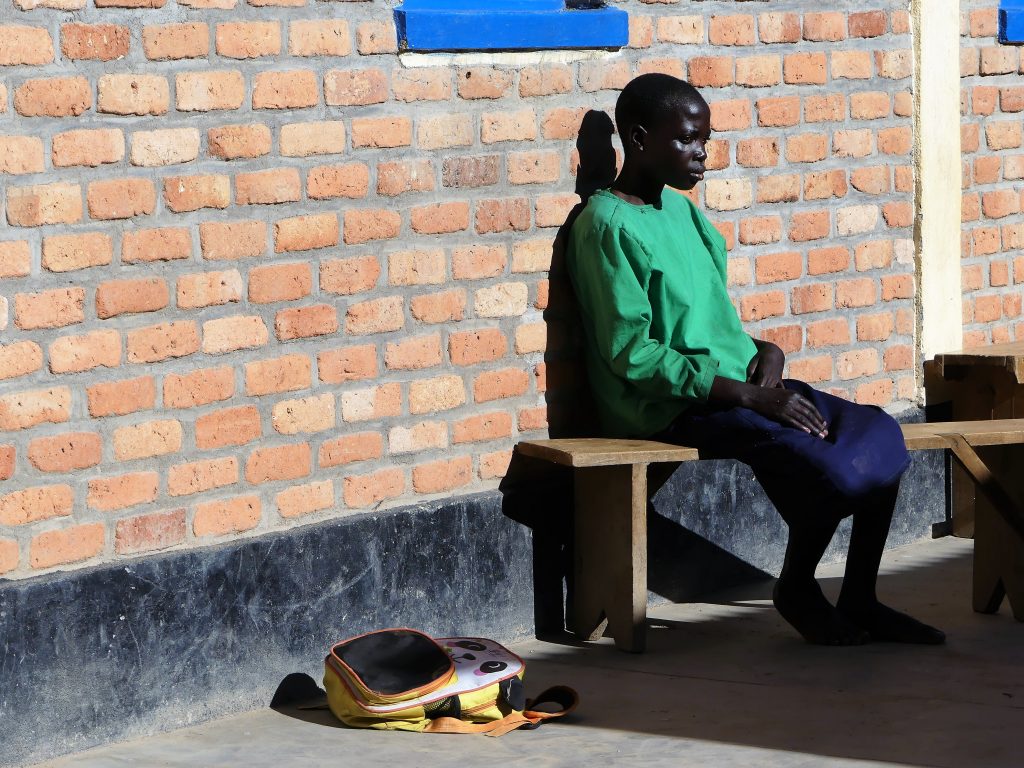
Inclusive education means that the school can respond to all children's different needs - and to ensure that they are not only in the classroom but are safe, participate and learn.
When children and young people with different backgrounds and different conditions are allowed to grow side by side, it is to the benefit of all. All children benefit from improved accessibility.
Here are examples of what is needed:
- Trained teachers
Teachers and school staff need knowledge of what it means to live with a disability and support in how they can adapt their work to different needs. There is also a need for special educators and teachers who can teach sign language. - Available school buildings
The physical environment in schools needs to be made accessible. This means that everyone should be able to get in and around the school, regardless of any wheelchair or crutches. This may mean that ramps and lifts are needed if there are stairs. It is important that there is enough light in the classrooms - especially for children with visual impairments. A student who is blind should be able to find in the school and on the schoolyard. It also means that it is possible to get to and from school regardless of disability. - Available and customized teaching materials
Educational materials need to be adapted to children with special needs, such as children with visual impairment (eg large text or information in Braille), children with intellectual disabilities (information on easy reading) and children who are deaf (access to sign language interpreters).
- Support for parents
Information and support is needed for parents of children with disabilities so that they understand how they can support and help their children in the best way. They also need support in case of concern about abuse or bullying.


The way forward requires cooperation
Governments must align laws and policies with the Convention on the Rights of Persons with Disabilities (CRPD). More data and statistics are also needed for good follow-up.
If the countries' governments, authorities and development assistance actors cooperate with the disability movement on issues concerning the school situation for children with disabilities, concrete improvements can take place much faster. People with disabilities possess expertise and knowledge about their disability that is not found anywhere else. A unified functional rights movement can engage in dialogue with decision-makers, express needs and put forward proposals and demands. The functional rights movement must therefore be supported in its efforts to start the enormous work required to create equal schooling for children with disabilities.






